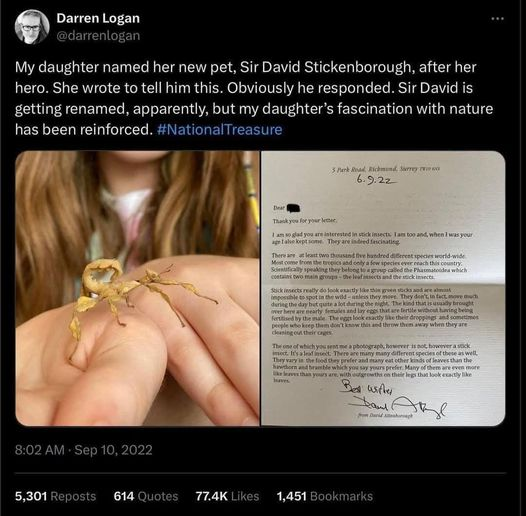this post was submitted on 29 Nov 2024
369 points (95.6% liked)
Science Memes
14608 readers
606 users here now
Welcome to c/science_memes @ Mander.xyz!
A place for majestic STEMLORD peacocking, as well as memes about the realities of working in a lab.

Rules
- Don't throw mud. Behave like an intellectual and remember the human.
- Keep it rooted (on topic).
- No spam.
- Infographics welcome, get schooled.
This is a science community. We use the Dawkins definition of meme.
Research Committee
Other Mander Communities
Science and Research
Biology and Life Sciences
- [email protected]
- [email protected]
- [email protected]
- [email protected]
- [email protected]
- [email protected]
- [email protected]
- [email protected]
- [email protected]
- [email protected]
- [email protected]
- [email protected]
- [email protected]
- [email protected]
- [email protected]
- [email protected]
- [email protected]
- [email protected]
- [email protected]
- [email protected]
- [email protected]
- [email protected]
- [email protected]
- [email protected]
- !reptiles and [email protected]
Physical Sciences
- [email protected]
- [email protected]
- [email protected]
- [email protected]
- [email protected]
- [email protected]
- [email protected]
- [email protected]
- [email protected]
Humanities and Social Sciences
Practical and Applied Sciences
- !exercise-and [email protected]
- [email protected]
- !self [email protected]
- [email protected]
- [email protected]
- [email protected]
Memes
Miscellaneous
founded 2 years ago
MODERATORS
you are viewing a single comment's thread
view the rest of the comments
view the rest of the comments

Fascinatingly enough, Samsung's text from image produced this:
G00 000 000
Dear
Thank you for your letter
5 Park Road, Richmond, Surrey TW10 6NS 6.9.22
I am so glad you are interested in stick insects. Iam too and, when I was your age I also kept some. They are indeed fascinating.
There are at least two thousand five hundred different species world-wide. Most come from the tropics and only a few species ever reach this country. Scientifically speaking they belong to a group called the Phasmatoidea which contains two main groups - the leaf insects and the stick insects. Stick insects really do look exactly like thin green sticks and are almost impossible to spot in the wild - unless they move. They don't, in fact, move much during the day but quite a lot during the night. The kind that is usually brought over here are nearly females and lay eggs that are fertile without having being fertilised by the male. The eggs look exactly like their droppings and sometimes people who keep them don't know this and throw them away when they are cleaning out their cages.
The one of which you sent me a photograph, however is not, however a stick insect. It's a leaf insect. There are many many different species of these as well, They vary in the food they prefer and many eat other kinds of leaves than the hawthorn and bramble which you say yours prefer. Many of them are even more like leaves than yours are, with outgrowths on their legs that look exactly like leaves. Wicle
J bor
000 o0e
X